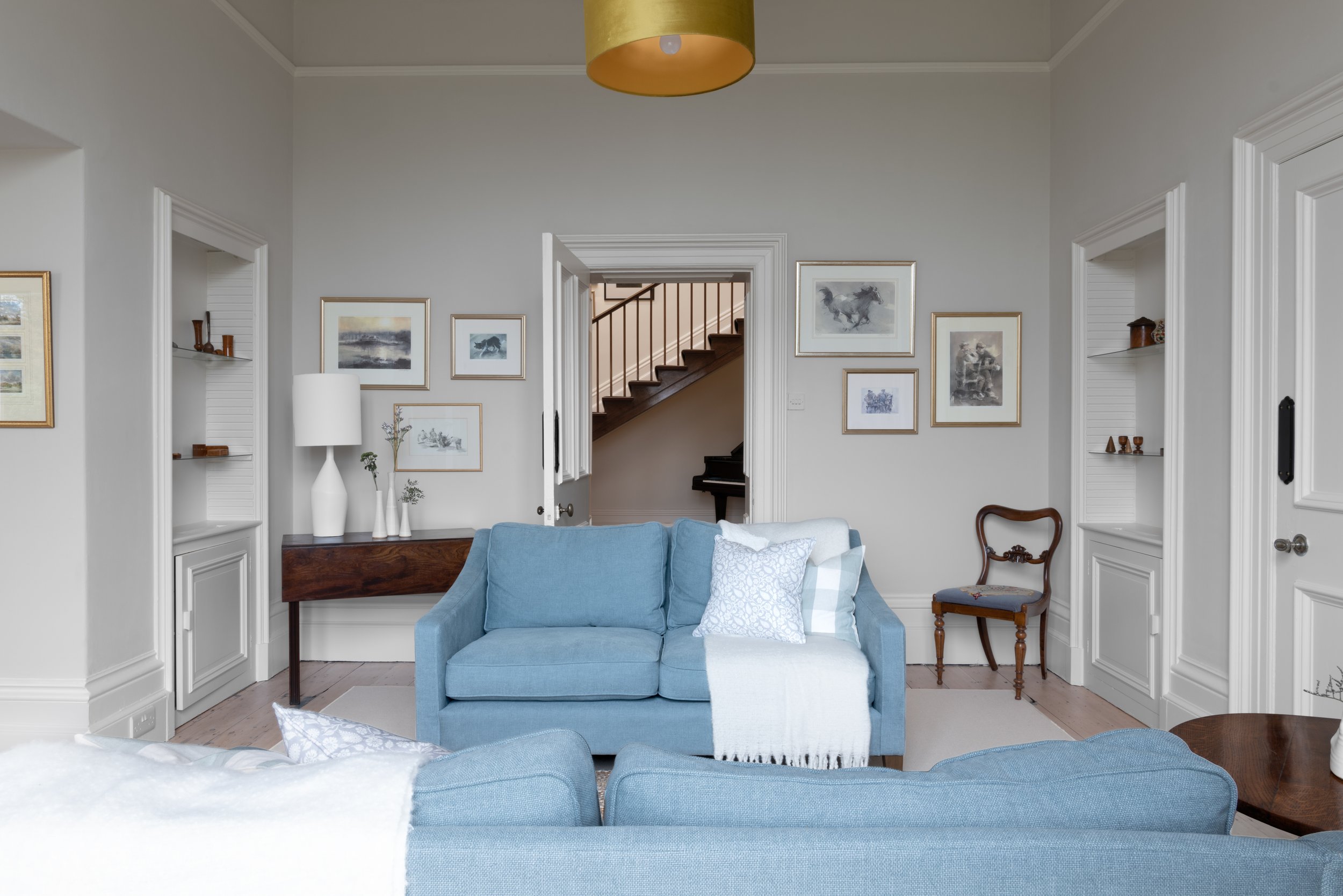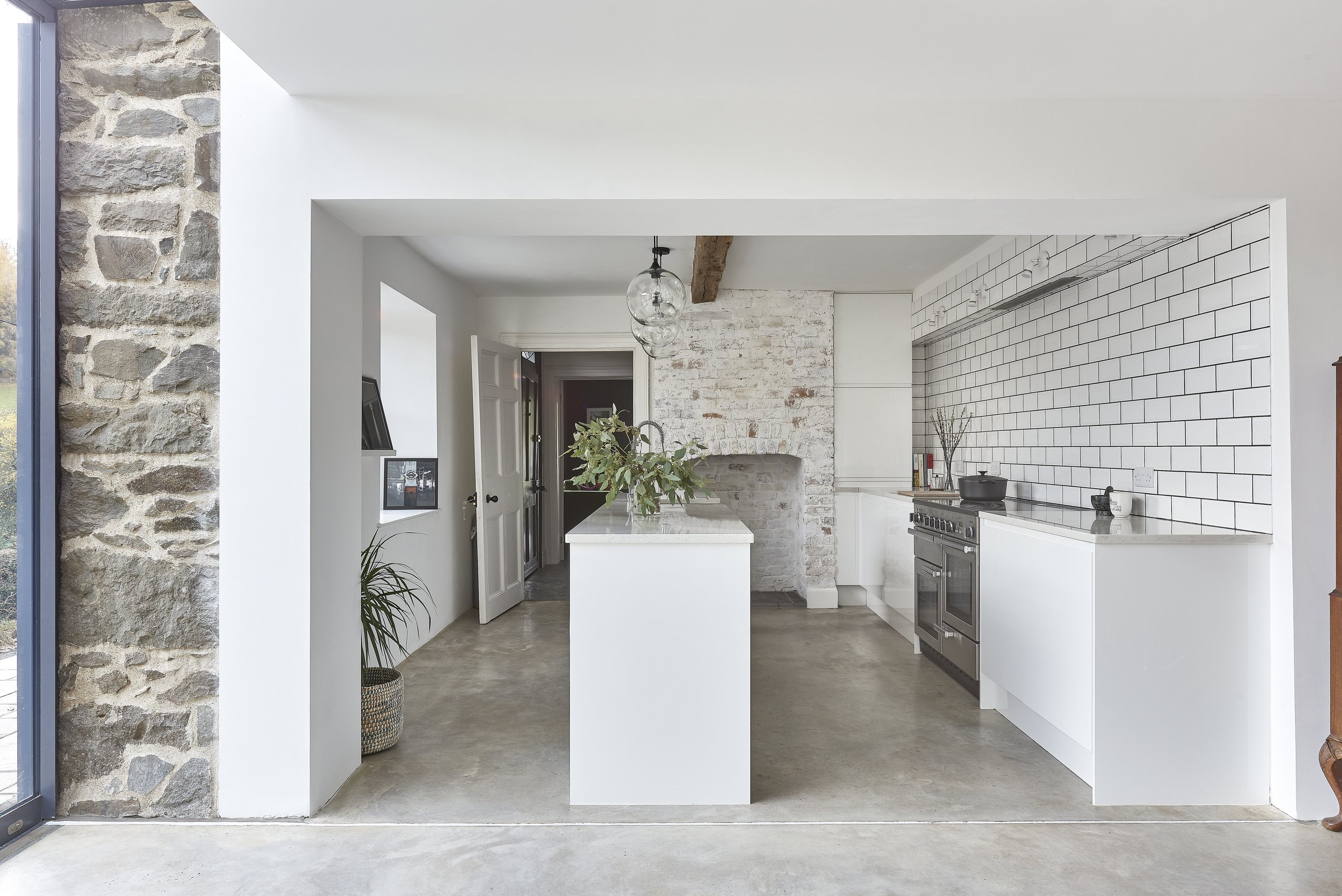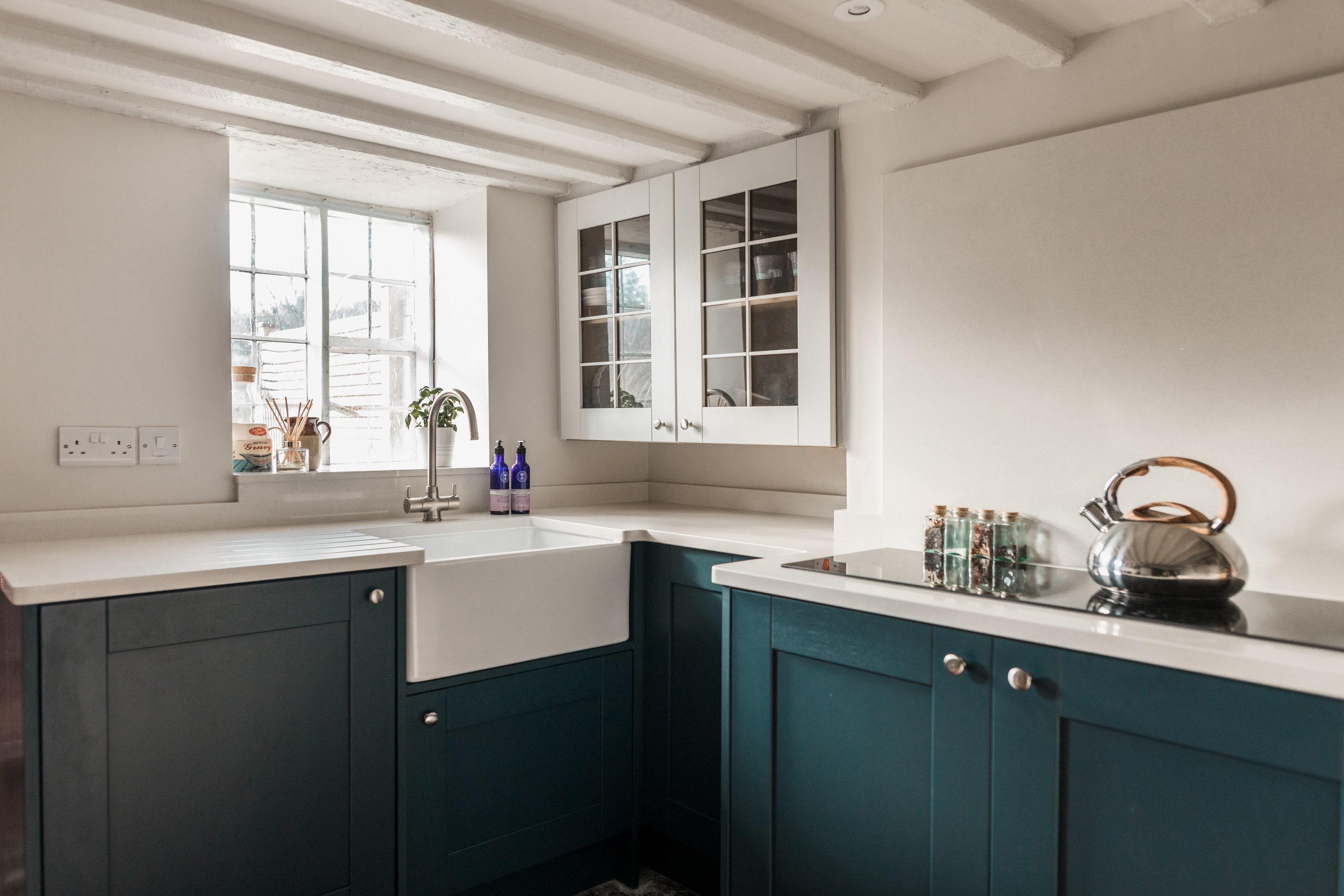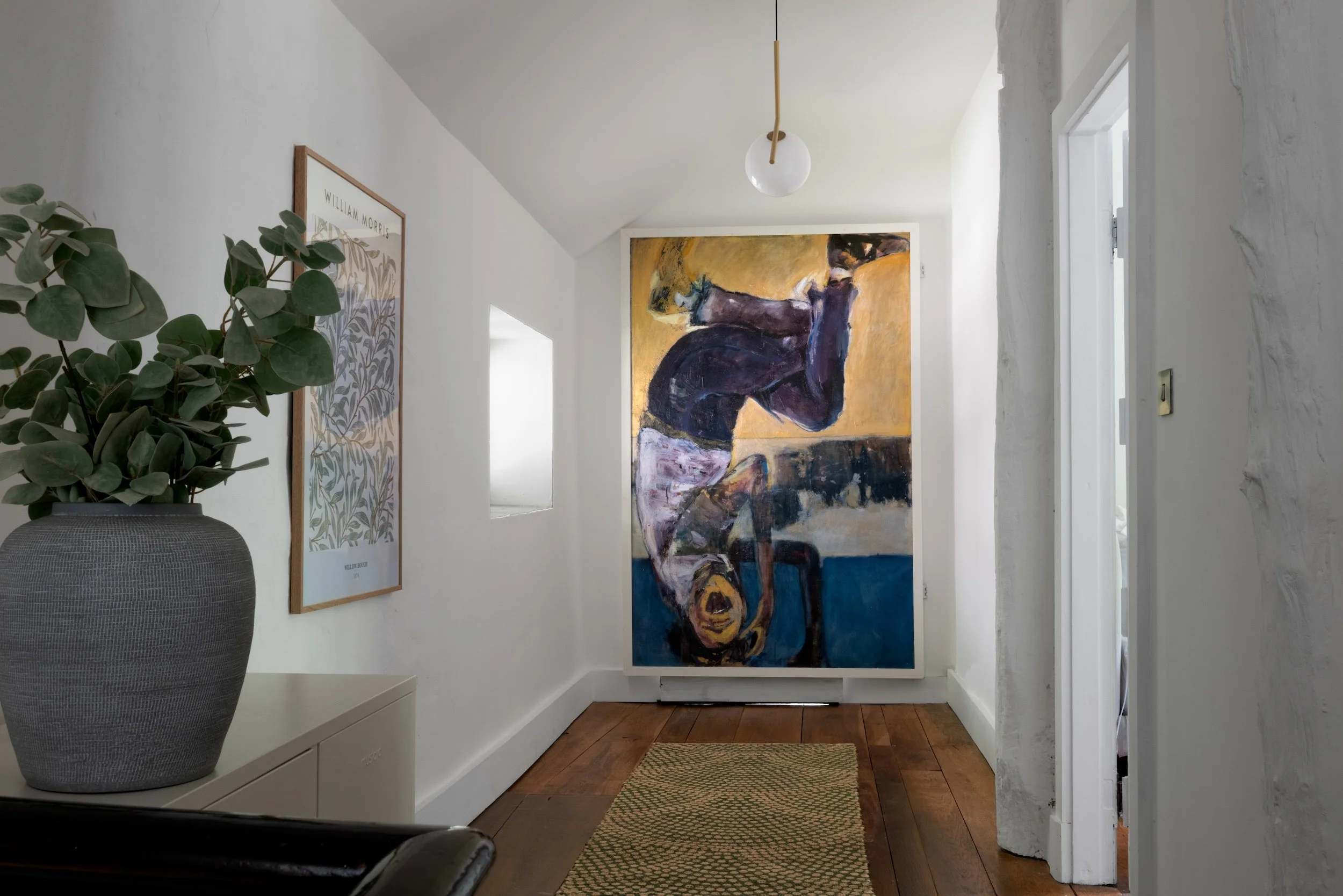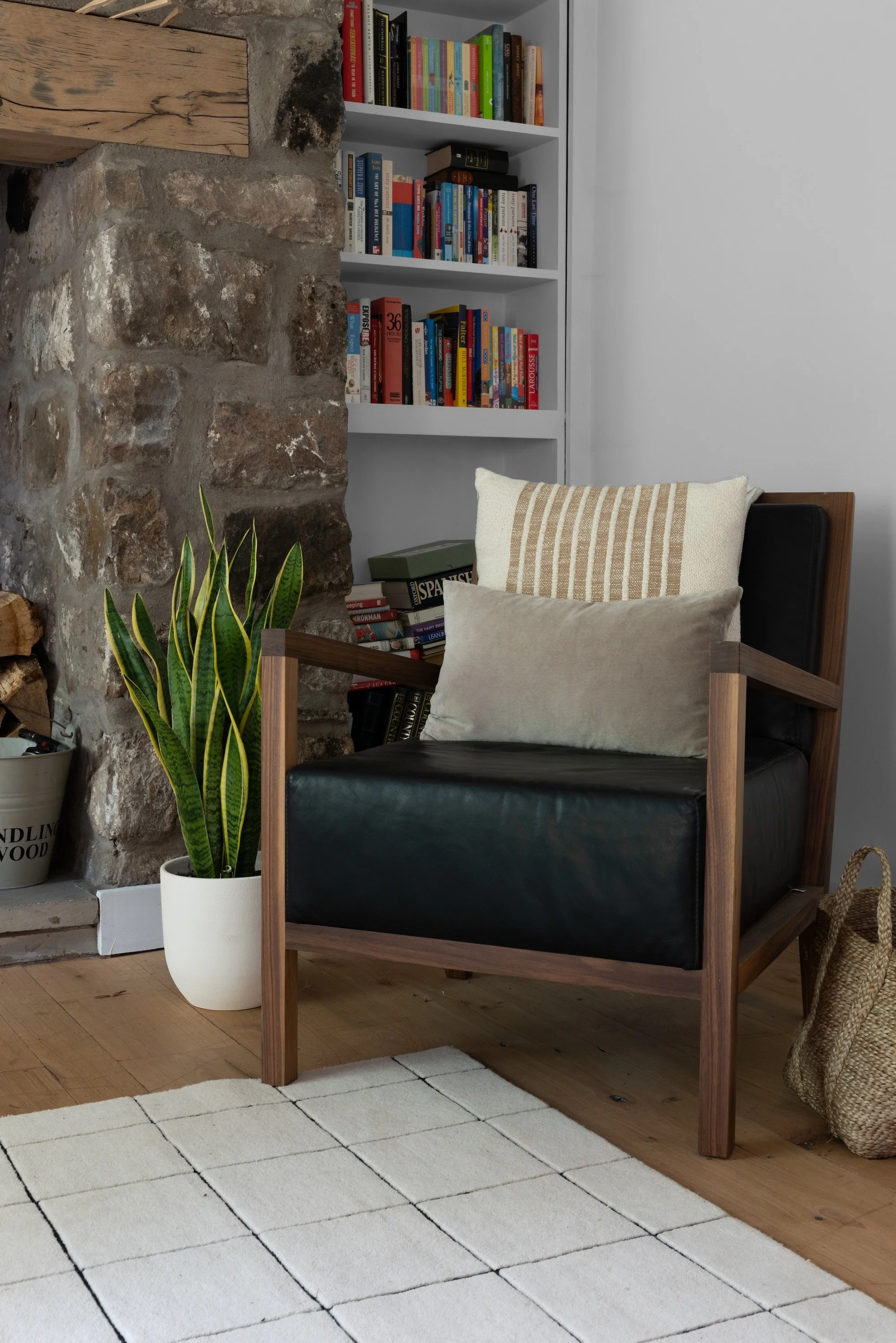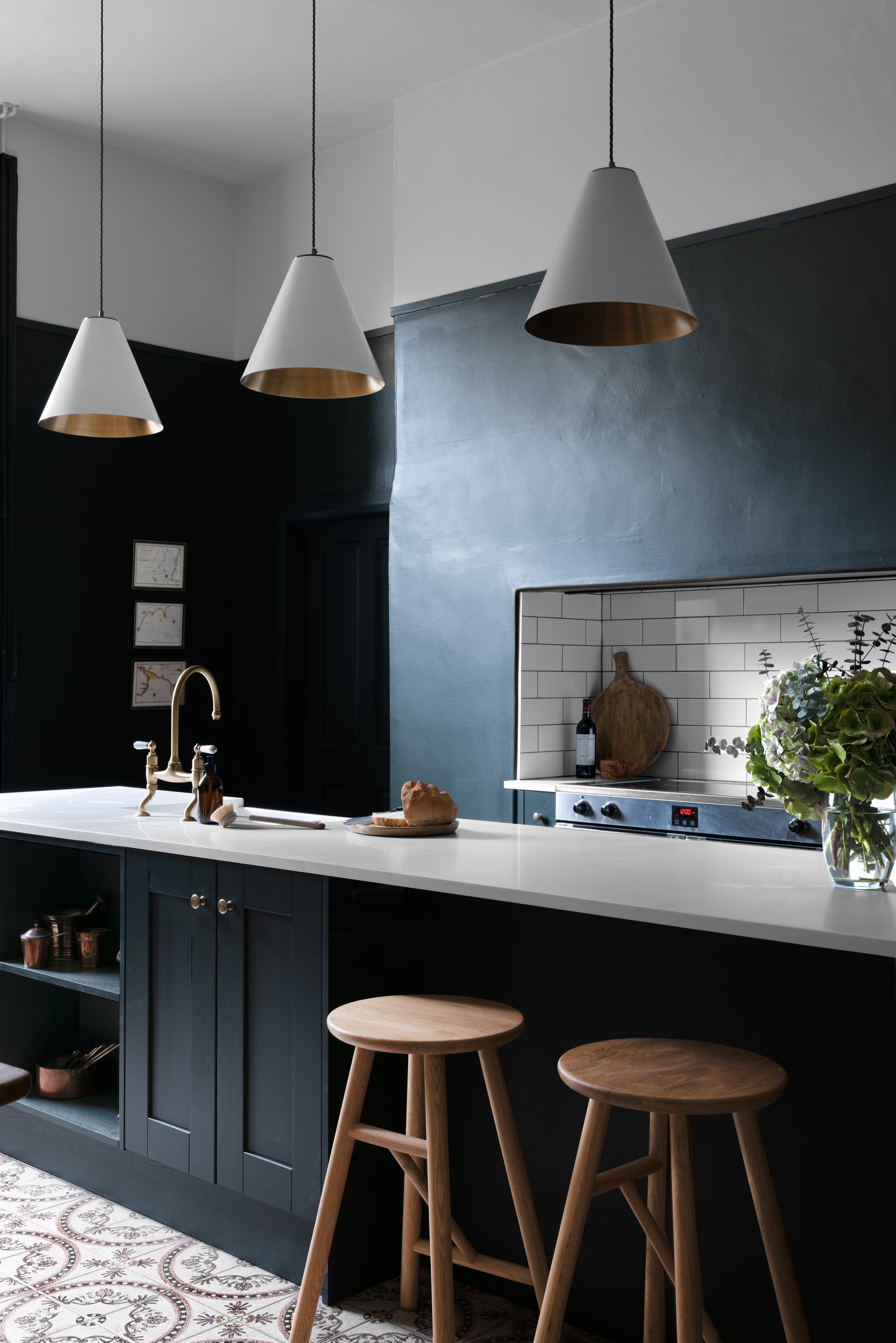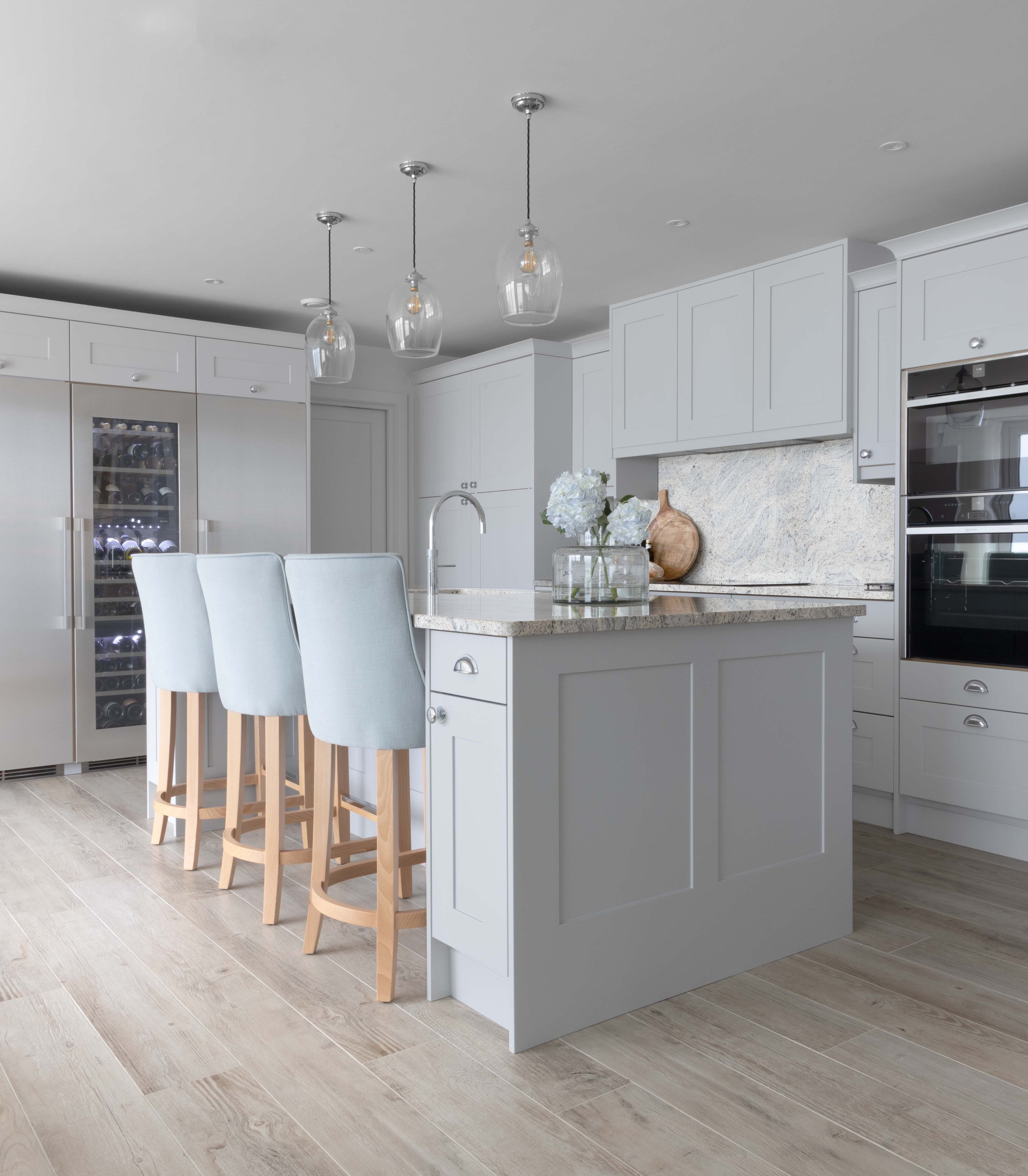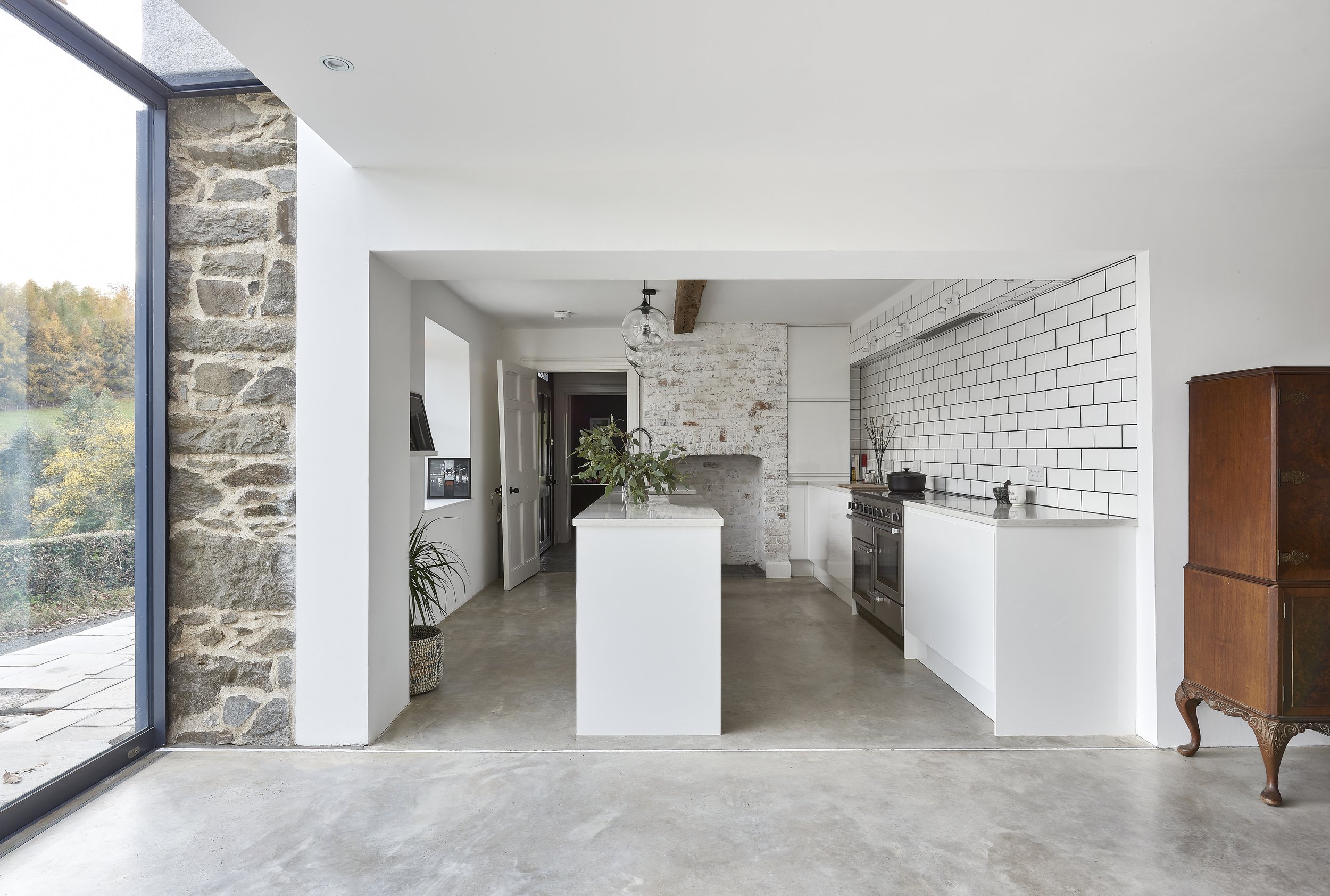1. How much does hiring an interior designer cost?
Answer: "Each project is unique, and costs vary based on factors like size, scope, and materials. Email me for a personalised quote and let's create something beautiful within your budget!
2. What is your design style?
Answer: "My personal sweet spot is mixing old and new, antiques and modern items, juxtaposing old period features with modern furniture. I love the contrast of old and new in one space and rely on lots of texture to add interest and depth to a space. I use understated, muted colours and patterns and prints are always used sparingly. You won’t find any brightly coloured in your face bold colours in any of my schemes and maximalist i am most definitely not.
3. How involved will I be in the design process?
Answer: "Your input is crucial! We'll work closely to ensure the final design reflects your personality and preferences. Your home, your style!
4. How long does a typical project take?
Answer: "Timelines vary based on project size and complexity. Let's discuss your project goals, and I'll provide a realistic timeline to make your dream space a reality!
5. Do you work with a specific budget range?
Answer: "Absolutely! I'm skilled in maximising the impact within any budget. Share your budget, and let's create a stunning space that aligns with your financial goals.
6. Can I see examples of your previous work?
Answer: "Certainly! Click the ‘projects’ tab in the navigation bar for a glimpse of my diverse projects. Each space is a unique story, and yours could be next!
7. How do we get started on a project together?
Answer: "Excited to work with you! Email me to schedule a consultation. We'll discuss your ideas, goals, and how we can turn your space into a masterpiece!
8. What sets you apart from other interior designers?
Answer: "My passion for creating personalised, functional, and beautiful spaces sets me apart. Let's turn your home into a unique reflection of you!
09. What is your design philosophy?
Answer: "I believe in creating spaces that not only look amazing but also enhance your lifestyle. Let's design a home that tells your story!
If you are ready to discuss your project in more detail contact me below


